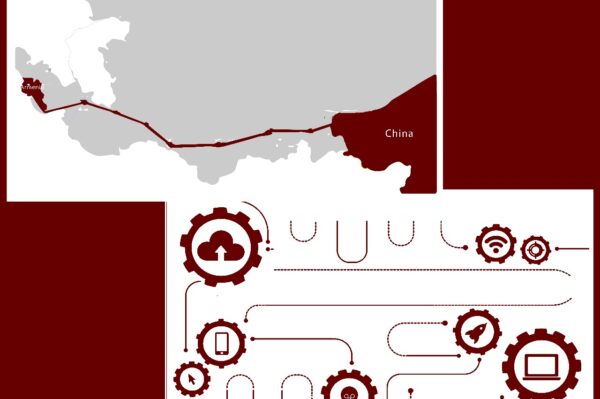Armenia, a nation nestled in the South Caucasus region, has been making significant strides in various economic sectors, positioning itself as an attractive destination for investors. Despite geopolitical challenges, Armenia’s commitment to economic reforms, technological advancement, and sustainable development offers a plethora of investment opportunities.
Technological Sector: The Emerging Silicon Valley Armenia’s technology sector has experienced remarkable growth, earning it the moniker of an emerging “Silicon Valley.” The number of IT companies has doubled, and employment in this sector has surged by 30% compared to 2022.
Global tech giants such as Nvidia, Adobe, Cisco, Microsoft, and Synopsys have established operations in Armenia, underscoring its potential as a tech hub. Homegrown successes like Picsart and CodeSignal further highlight the innovative spirit within the country. The influx of IT specialists, particularly from neighboring countries, has bolstered this sector, contributing to a 12.6% GDP growth in 2022. Renewable Energy: Harnessing Natural Potential Armenia’s renewable energy sector presents substantial investment opportunities, particularly in hydroelectric and solar power. The country boasts a total installed hydroelectric capacity of 1,293 MW. However, many small hydroelectric plants require modernization to enhance efficiency and environmental compliance. Solar energy is another promising avenue, with an average annual solar flux of approximately 1,720 kWh per square meter, surpassing the European average of 1,000 kWh. The government has prioritized solar energy development, planning tenders for 210 MW of capacity and aiming to achieve 1,000 MW by 2030. Wind energy potential is estimated at 450 MW, with several mountain passes identified as optimal sites for development. Geothermal resources also offer potential, with sites like Karkar, Sisian, and Jermahbyur each estimated to have a capacity of up to 30 MW.
REAB Infrastructure Development: Building Resilience The World Bank Group has endorsed a new five-year Country Partnership Framework (CPF) for Armenia (2024–2028), focusing on infrastructure, job creation, human capital, and resilience to economic and climate shocks. The World Bank plans to provide $500–700 million in financing, while the IFC expects to invest $300–500 million in sustainable infrastructure (green energy, water, transport, and digital connectivity). Together with private-sector co-financing, the initiative could mobilize up to $1 billion to support Armenia’s reforms and long-term growth.
Human Capital: Investing in Education and Innovation Armenia’s strong emphasis on STEM education and innovation is a key driver of its economic growth. Initiatives like TUMO tech hubs, Armath labs in schools, and the Engineering City project are cultivating a skilled workforce. The government’s successful hosting of the 2024 World Congress on Innovation & Technology (WCIT) highlights its push to integrate into the global tech ecosystem—a strategy already attracting firms like Microsoft and Nvidia. By fostering innovation, Armenia aims to become a regional tech hub, with IT exports nearing $1 billion annually. Beyond technology, Armenia’s focus on renewable energy, infrastructure upgrades (e.g., North-South Road Corridor), and human capital development strengthens its investment appeal. Supported by partnerships with the EU, World Bank, and USAID, the country’s economic diversification efforts are enhancing resilience and positioning it for sustainable, long-term growth.



